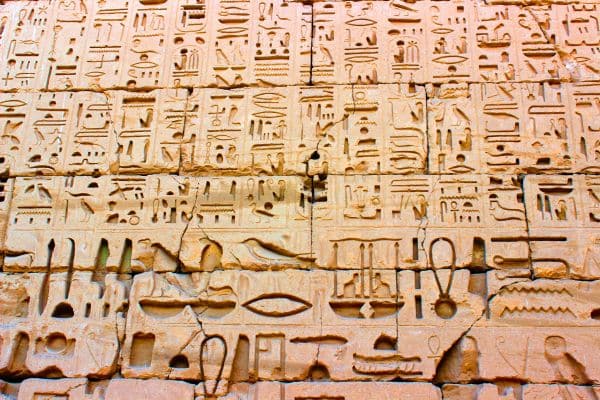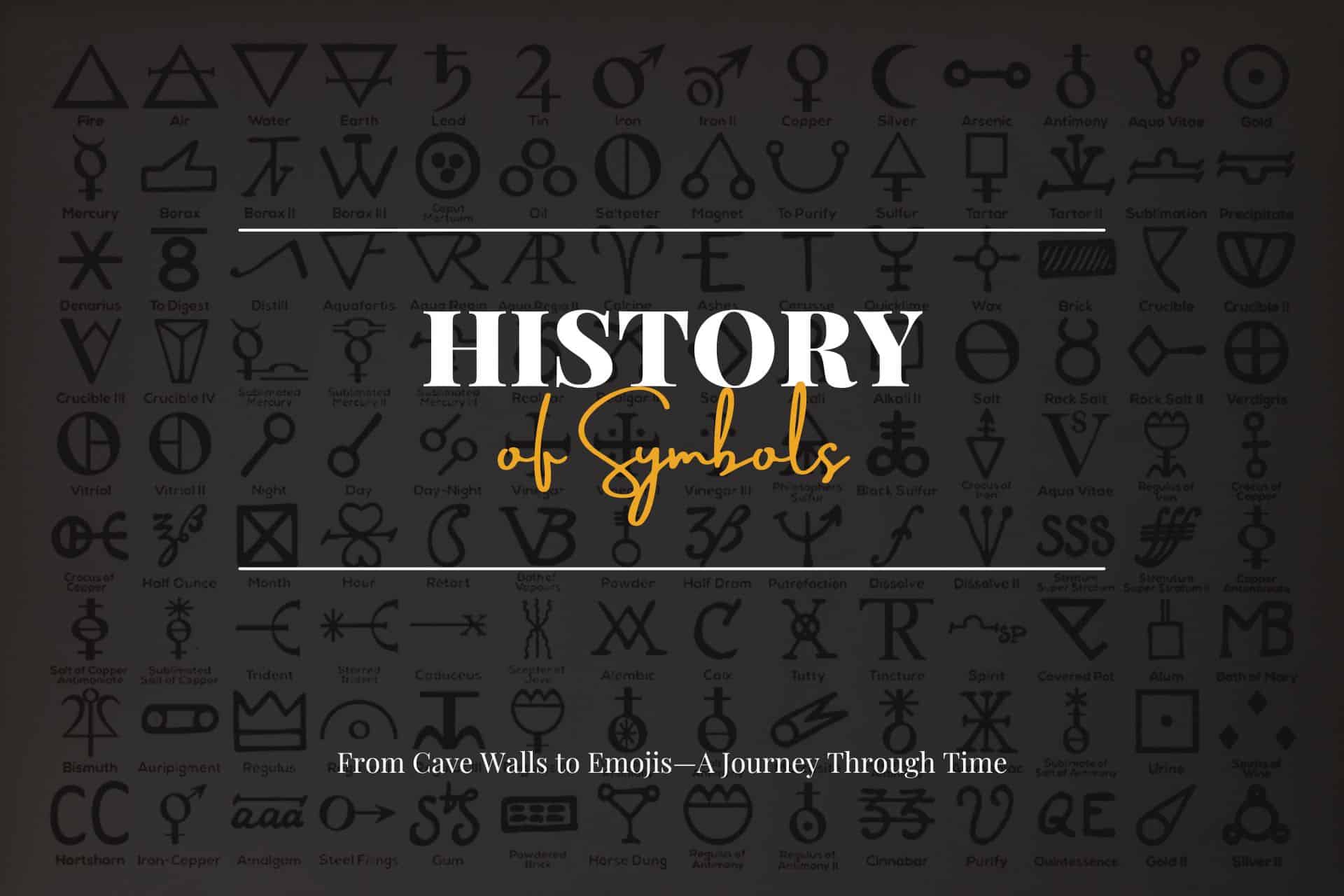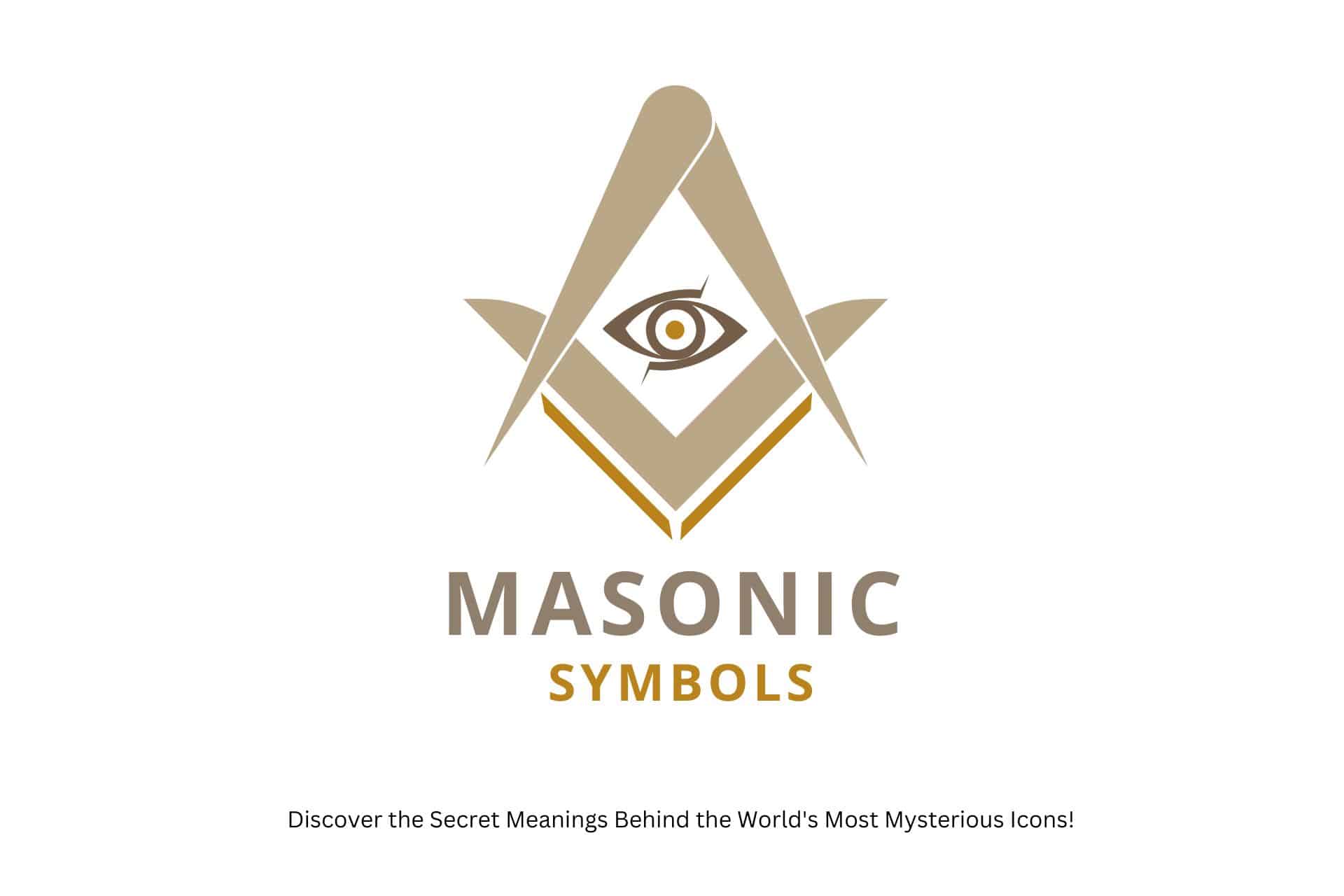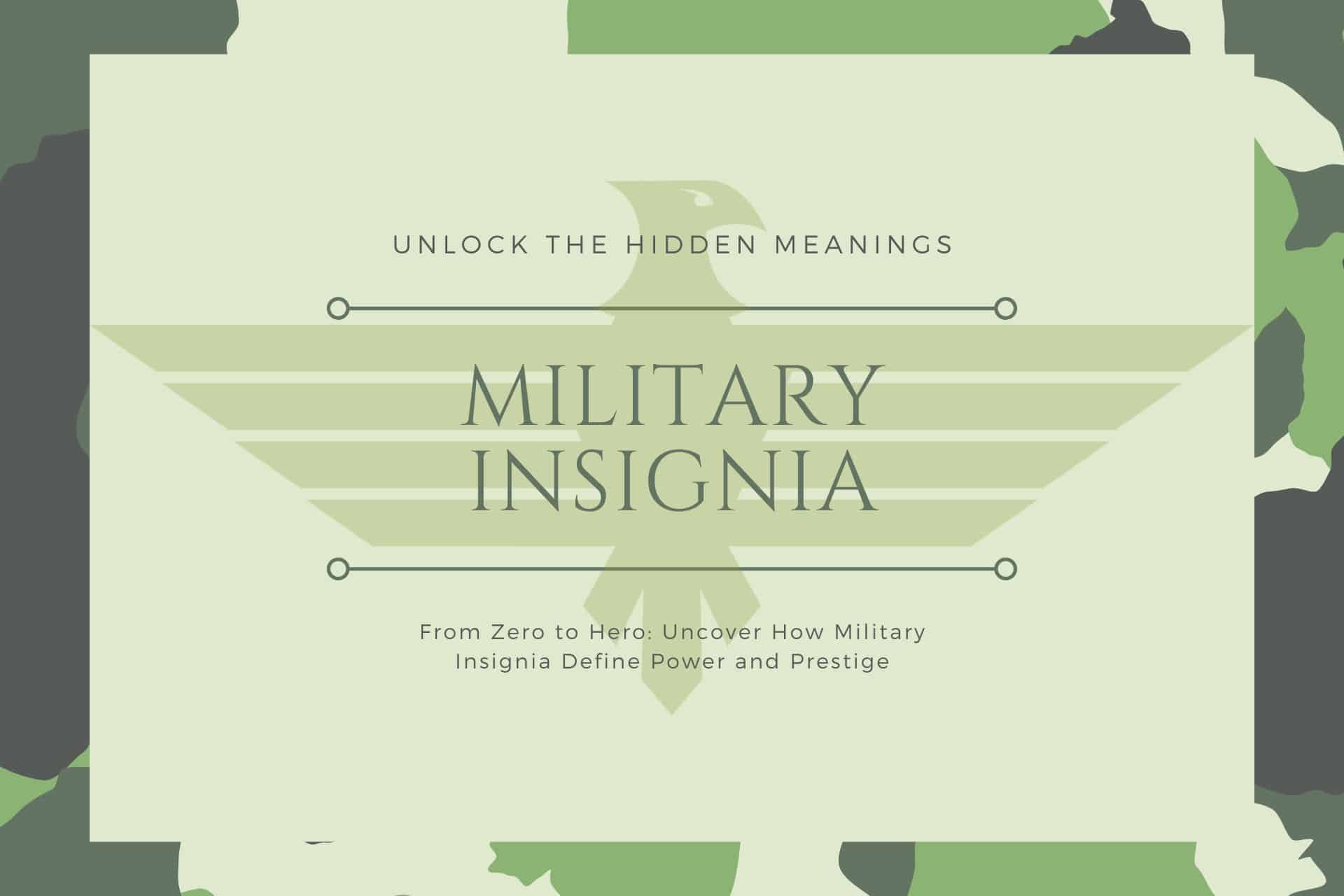Are you curious about the symbols you see daily and what they truly mean?
From ancient hieroglyphs to modern emojis, symbols are a universal language, silently shaping our understanding of the world.
This article is your guide to unraveling their mysteries. Here, we explore the rich history, varied meanings, and the significant impact of symbols across cultures.
Whether you’re a student, a professional, or simply a symbol enthusiast, this read promises valuable insights into the language of symbols.
Keep reading to learn more about these fascinating icons and their role in our daily lives.
Let’s get started!

Here’s What You Will Find

Key Takeaways
Symbols
Symbols Are Universal Communicators: Symbols transcend languages and cultures, acting as a universal medium for conveying complex ideas, emotions, and values succinctly and effectively.
Everyday Presence, Profound Impact: Symbols, from road signs to brand logos, are integral to our daily lives. They guide our actions, influence our decisions, and reflect our cultural identities.
Dynamic and Evolving Meanings: Symbols can change over time and vary across different cultures, highlighting the dynamic nature of symbolism in reflecting societal and cultural shifts.
Digital Age of Symbols: With the advent of digital communication, symbols like emojis have become increasingly important in expressing emotions and ideas, demonstrating the adaptability and ongoing relevance of symbols in the modern world.
What Are Symbols?
A symbol is an entity that represents or stands for something else, often an idea, physical entity, or process. It’s a visual or graphical representation that signifies a concept or entity greater than itself. Symbols are powerful because they communicate complex ideas quickly and efficiently.
For example, a red rose can symbolize love and romance, while a skull and crossbones might represent danger or death.

Symbols are a silent yet pervasive language in our daily lives, subtly influencing our perceptions and interactions. They are more than mere images or signs; symbols are the cornerstone of communication, art, culture, and identity.
From the emojis in our texts to the national flags fluttering atop government buildings, symbols encapsulate complex ideas and emotions, transcending the barriers of language and geography.
Symbols are objects, characters, figures, sounds, or colors used to represent abstract ideas, concepts, or other entities, playing a crucial role in communication, storytelling, and expressing cultural values.
Symbols, in the simplest terms, are anything that represents something else. They carry a wealth of meaning in a compact form, transcending language barriers and cultural differences.
A red octagon at a street corner tells you to stop your vehicle, a skull and crossbones on a label warn you of danger, and a simple heart shape conveys love and affection. Symbols like these guide our daily interactions and shape our world understanding.
Cool, right?
Other Names for Symbols
Symbols are known by many names, depending on their use and the context in which they appear. In religious contexts, they might be called icons or idols. In mathematics and logic, they become operators or variables.
In branding and marketing, they are logos and trademarks. Each of these terms reflects a different facet of what a symbol can represent.
Why Are Symbols Important?
Symbols hold immense importance in human culture and communication. They are a powerful tool for expressing complex ideas and emotions, essential for effective and efficient communication.
In diverse languages and cultures, symbols serve as a universal language, bridging gaps and connecting people.
Decoding the Meanings of Symbols
Understanding the meanings behind symbols can be a fascinating endeavor, as it involves exploring the cultural, historical, and social contexts in which they were created. Symbols can have multiple interpretations, and their meanings can change over time or vary across cultures.
How Context Alters Symbol Interpretation
The interpretation of a symbol can vary significantly depending on the context in which it is used. For example, a lion might symbolize royalty, power, and courage in one culture, while it could represent danger or a threat in another.
Similarly, colors are often symbolic but have different meanings in different cultures; white might symbolize purity in some cultures, but in others, it could represent mourning.
How Have Symbols Transcended Traditional Boundaries?
Symbols in popular culture often transcend their original meanings, taking on new interpretations and significance. For instance, the ‘V for Vendetta’ mask has moved beyond its cinematic origins to symbolize protest and resistance in real-world movements.
Similarly, fictional symbols, like the Mockingjay from ‘The Hunger Games,’ have been adopted by audiences as symbols of rebellion and hope.
Historical Background
Now that we’ve got the basics down, let’s hop into our time machine and journey back to where it all began.
Symbols have been around since the dawn of humanity, helping our ancestors communicate long before the invention of written language. From the cave paintings of Lascaux, France, to the hieroglyphics of ancient Egypt, symbols provided an essential form of expression.
The History and Evolution of Symbols
The history of symbols is as old as humanity itself. Ancient civilizations used symbols to represent gods, powers, and concepts. These symbols were often profoundly embedded in their culture, religion, and daily life. Over time, symbols have evolved, adapting to the changing contexts and cultures.
Cave paintings, some dating back as far as 40,000 years, often depicted animals, hunters, and other elements of daily life.
These symbols weren’t just about communicating tangible things; they also carried spiritual or religious significance, reflecting our ancestors’ understanding of the world and their place in it.

Fast forward to ancient civilizations like Egypt and Mesopotamia, where complex systems of symbols evolved into the written languages we’re familiar with today. The Egyptians used a system of hieroglyphics, where symbols could represent objects, ideas, or even sounds.
Over time, as societies and cultures grew and evolved, so did their symbols. These began to represent not only concrete objects but also abstract ideas, complex emotions, and shared cultural identities. And that, my friend, is just the beginning of our symbolic journey.
Ancient Symbols: Deciphering Historical Meanings
Ancient symbols, such as those found in Egyptian hieroglyphs or Mayan carvings, offer a glimpse into the beliefs and lifestyles of past civilizations. They were used for communication and ceremonial purposes, representing deities and conveying social and political messages.
Studying these symbols provides valuable insights into ancient cultures and their world understanding.
The Evolution of Symbols: From Cave Paintings to Emojis
The evolution of symbols reflects the evolution of human society and technology. Early human societies used symbols in cave paintings to tell stories or mark territories.
As societies became more complex, so did their symbols, evolving into written languages, religious icons, and, eventually, the digital symbols we use today. Emojis, for instance, are a modern form of symbol, offering a rich and expressive way to communicate emotions and ideas in digital communications.
Types of Symbols
We’ve just taken a whirlwind tour of the historical evolution of symbols. Now, let’s explore the various symbols that color our world.
Symbols are a fascinating aspect of human communication, transcending spoken language and impacting our daily lives in various forms. Here’s a brief exploration of the different types of symbols we encounter:
Visual Symbols
These are the most common types of symbols we encounter daily. Whether it’s the logos of your favorite brands, road signs guiding your journey, or emojis that add emotion to your texts – visual symbols are everywhere. Each carries a specific meaning or represents an idea; amazingly, your brain can interpret these in a snap!
Auditory Symbols
Do you know what sound your phone makes when you receive a text? Or the chime of a doorbell? Those are auditory symbols, communicating something without the need for words. From the sound of an ambulance siren to the tune of your morning alarm, auditory symbols play a vital role in our lives.
Symbolic Gestures
Actions can be symbols! A thumbs-up for approval, a nod for agreement, a wave for goodbye—these nonverbal cues communicate various meanings across different cultures.
Tactile Symbols
Symbols we can feel, like Braille or textured patterns on currency, help convey information through touch. Braille, for instance, enables people with visual impairments to read using raised dots.
Olfactory Symbols
Certain smells can act as symbols, triggering specific memories or associations. For example, the scent of a particular perfume might symbolize a specific person or a memory.
Gustatory Symbols
Tastes can also be symbols, often tied to cultural or personal experiences. A specific dish might symbolize a holiday, tradition, or childhood memory.
Understanding these diverse types of symbols enhances our awareness of the unspoken languages that enrich our daily interactions and cultural experiences.
Remember to research, as gestures can mean different things in different t places!
The Diverse Uses of Symbols
Symbols are used in myriad ways across different fields and cultures. They can convey complex messages quickly and transcend language barriers.
Symbols simplify and universalize messages in communication, as seen in international road signs. In art and literature, symbols add layers of meaning, enriching the narrative or artistic expression.
Symbols in Communication: Beyond Words
In communication, symbols are indispensable. They convey messages without the use of words. Traffic signs, for example, use simple symbols to convey safety instructions to drivers from all linguistic backgrounds.
In nonverbal communication, symbols are crucial—a thumbs-up can signify approval, and a smiley face can express happiness or friendliness.
Symbols in Art and Literature: A Visual Language
In art and literature, symbols convey deeper meanings, emotions, and narratives. A white dove in a painting might symbolize peace, or a raven in a poem could represent death or foreboding.
Artists and writers use symbols to add depth and layers to their work, allowing them to communicate more than what is apparent at first glance.
Symbols in Religion: Conveying the Ineffable
In religious contexts, symbols are central to expressing beliefs, rituals, and the divine. They help represent complex theological concepts that are often difficult to articulate in words.
For instance, the cross in Christianity symbolizes sacrifice and salvation, while the wheel in Buddhism represents the teachings of the Buddha.
These symbols are not just visual representations; they are integral to the practice and understanding of faith.
Symbols in Technology: Icons that Power Our Digital World
Symbols are indispensable for user interface design and functionality in the digital world. Icons on smartphones, computers, and other devices are symbols that represent the functionality or application they open.
For example, a gear icon typically represents settings, while an envelope symbolizes email. These symbols have become so ingrained in our daily technology use that they are now intuitive, allowing efficient and seamless interaction with our devices.
Symbols in Language
Speaking of communication, it’s time to dig into the role of symbols in language.
In written language, symbols take center stage. The letters you’re reading are symbols, each representing a specific sound. Punctuation marks are symbols that help to clarify meaning and set the tone of our sentences.
Sign language, used by the Deaf community worldwide, is another fascinating symbolic language. Each gesture or movement in sign language represents a particular word or concept, allowing for complex and nuanced communication without sound.
Symbols in Culture and Society
Now, let’s zoom out and look at the broader role of symbols in our cultures and societies.
Cultural symbols represent a group’s shared history, beliefs, and values. Consider national flags or religious icons; they stand for something much larger than themselves, sparking emotions and reinforcing communal bonds.
In society, symbols are essential in directing behavior and maintaining order. Traffic signs, hazard warnings, and informational icons guide our actions and keep us safe. And then there’s the world of branding, where companies use symbols (logos) to represent their identity and values.
Through all these examples, you can see that symbols are much more than pretty pictures or quaint gestures. They’re a crucial part of our shared human experience, helping us to communicate, connect, and understand our world.
Symbols in Everyday Life: From Traffic Signs to Logos
We interact daily with symbols that guide, inform, and influence our actions and decisions. Traffic signs, for example, are universally recognized symbols that ensure road safety and efficiency.
In business, logos are powerful symbols encapsulating a brand’s identity, ethos, and values. The Apple logo, for instance, represents the company and has become a symbol of innovation, quality, and a certain lifestyle.
Symbols in Popular Culture
In popular culture, symbols are used extensively to convey ideas, themes, and identities. They appear in movies, TV shows, music, and fashion, often carrying layers of meaning that contribute to the narrative or theme.
Recognizing the Unnoticed Symbols Around Us
Symbols are often so seamlessly integrated into our daily lives that we might overlook their significance. From the universally recognized symbols of stop signs and pedestrian crossings to the logos that brand our favorite products, symbols guide, inform, and influence us in subtle yet profound ways.
This ubiquity of symbols in our everyday environment is a testament to their power and importance. They facilitate functional communication, such as the symbols used in airports to guide travelers and carry cultural and emotional weight.
For instance, the symbols on our national flags evoke a sense of identity and belonging. This section will encourage readers to be more mindful of these everyday symbols and appreciate their role in shaping our world.
Examples of Symbols in Different Contexts
The world around us is rich with symbols, each carrying its unique message and meaning. Far from being mere decorative elements, these symbols are deeply embedded in our daily experiences and societal structures.
Let’s explore some critical examples of symbols in various contexts, demonstrating their versatility and significance:
- Traffic and Road Signs: Perhaps the most universally recognized symbols are crucial for maintaining road order and safety. A red octagon represents ‘Stop,’ while a green light signals ‘Go,’ transcending language barriers and providing critical, life-saving instructions.
- Corporate Logos: These symbols are not just marketing tools; they embody a company’s identity. Apple’s bitten apple, Nike’s swoosh, and McDonald’s golden arches are more than just logos; they represent innovation, athleticism, and fast-food culture, respectively. These symbols evoke immediate recognition and emotional responses from consumers worldwide.
- Religious Icons: Symbols like the Christian cross, the Islamic crescent, and the Hindu Om are not mere representations of faiths; they convey deep spiritual meanings, histories, and practices. They give their followers a sense of identity and community while representing key philosophical and theological concepts.
- National Flags: Flags are potent symbols of national identity, pride, and history. Each flag’s color, shape, and emblem tells a story about the nation’s heritage, values, and struggles. For example, the American flag’s stars and stripes represent the states and the original colonies, while the Canadian flag’s maple leaf symbolizes nature and the environment.
- Mathematical and Scientific Symbols: Symbols like π (pi), Δ (delta), and E=mc² are not just shorthand notations in science and mathematics. They represent significant concepts and theories that have shaped our understanding of the universe. These symbols allow for concise and precise communication of complex ideas.
- Musical Notation: The symbols used in musical scores, such as the treble clef, notes, and rests, are a universal language for musicians. They convey rhythm, pitch, and melody, allowing for the creation and sharing of music across cultures and generations.
- Emoji and Digital Icons: In our digital age, emojis and app icons have become a new form of symbolic language. They convey emotions, actions, and objects, enhancing our ability to communicate nuances in a text-based medium. Emojis like the heart, the thumbs up, and the smiley face have become integral parts of our online interactions.
- Cultural Symbols: Every culture has unique symbols of historical and social significance. For example, the dragon in Chinese culture symbolizes power and good luck, while the bald eagle in American culture represents freedom and strength.
These examples illustrate the power and prevalence of symbols in our lives. They serve as a bridge between the abstract and the tangible, helping us navigate, understand, and connect with the world.
Whether driving down a highway, using a smartphone, or celebrating national heritage, symbols are our constant companions, silently guiding and influencing us.
The Unicode of Symbols: A Digital Language
Unicode has revolutionized how symbols are used in the digital age. It’s a computing standard that provides a unique number for every character, no matter the platform, program, or language. This ensures that a text or symbol inputted on one device is displayed similarly on another.

How Has Unicode Unified Symbol Representation Globally?
Through Unicode, a vast array of symbols have become standardized. This includes various writing systems, mathematical signs, and even emojis.
Unicode’s impact is profound. It allows consistent and universal communication across different technologies and languages. For instance, it ensures that a heart symbol appears as a heart on all devices, making digital communication more seamless and expressive.
How Do Symbols Differ from Signs?
While ‘symbol’ and ‘sign’ are often used interchangeably, there’s a subtle difference between the two. A sign directly conveys information or instructions – think of a stop or exit sign.
These are straightforward and lack the multiple layers of meaning that a symbol carries. Symbols, on the other hand, are imbued with deeper, often multiple meanings and require an interpretive step to understand their significance fully. They are more about conveying ideas and concepts than direct, concrete messages.
Are Symbols and Icons the Same?
Icons and symbols are closely related but differ in their directness of representation. Icons are typically more literal representations of their referents.
For instance, a graphical representation of a trash can on a computer screen is an icon; it looks like what it represents. Symbols, however, often have a more abstract relationship to their referents. The heart shape, for instance, doesn’t physically resemble the human heart but has become universally recognized as a symbol of love.
How Do Symbols Influence Our Thinking and Behavior?
Symbols shape our perception and behavior in profound ways. They can evoke emotions, influence thoughts, and even guide behavior.
For example, companies use symbols in marketing and branding to create emotional connections with consumers. In a broader sense, symbols can represent collective ideals, aspirations, and cultural values, influencing societal norms and individual behavior.
The peace symbol, for instance, has become a universal sign for anti-war and pro-peace movements, transcending its original design and becoming a powerful tool for social change.
FAQs
What Is the Most Recognized Symbol in the World?
This varies but often includes symbols like the heart, the peace sign, and religious icons like the Christian cross.
Can the Same Symbol Have Different Meanings in Different Cultures?
Symbols can carry vastly different meanings across cultures. For example, the swastika is considered a symbol of auspice in Hinduism and Buddhism, while in the West, it’s associated with Nazism.
How Are New Symbols Created and Accepted into Society?
New symbols often emerge from cultural trends, technological advancements, or societal needs. Their acceptance depends on widespread usage and the collective agreement on their meaning.
Do Symbols Change Over Time?
Yes, the meanings and interpretations of symbols can evolve with cultural and societal changes.
Why Do Companies Change Their Logos?
Companies often update their logos to reflect changes in their brand identity and market positioning or to stay relevant to contemporary design trends.
Last Thoughts
Symbols are a fundamental part of human expression and communication. They transcend language barriers, convey complex ideas succinctly, and evoke emotional responses.
The power of symbols lies in their ability to encapsulate history, culture, and values in a simple form. As we have seen, symbols constantly evolve from ancient scripts to digital icons, yet their ability to convey deep meaning remains unchanged.
We encourage readers to observe and understand the symbols in their lives, appreciating the rich tapestry they weave into our shared human experience.
Before You Go
We invite you to share your experiences or insights on symbols. Have you encountered any unique or interesting symbols in your travels, studies, or daily life? How do they impact your perception of the world around you?
Share your stories and thoughts, and let’s continue to explore the fascinating world of symbols together.
Exploring Symbols
Ready for more? Great! It’s time we explore the multitude of specialized symbol categories. Whether connecting the cosmos, solving equations, or making scientific breakthroughs, symbols have diverse roles in various fields.
We’ll explore the mysterious world of astrological symbols representing celestial bodies and zodiac signs. Next, we’ll decode the language of numbers and equations with mathematical symbols. We won’t stop there; the chemical world awaits our exploration with its unique molecular symbols. And guess what? That’s only the tip of the iceberg!
Each symbol category has its unique purpose and language, contributing to the rich tapestry of human knowledge and expression.
More on Symbols
History of Symbols: How Ancient Marks Shape Our Modern World!
From Cave Walls to Emojis—A Journey Through Time Have you ever wondered about the history of symbols? Maybe you’ve wondered about their global variations or how they’ve shaped our world. Prepare to have your curiosity …
Check it Out!Tattoos and Their Secret Powers: How Ink Can Change Your Life!
Exploring the Art, Meaning, and Culture of Ink! Are you intrigued by tattoos? Are you curious about the stories they tell and the intricate details they contain? Look no further. You might be wondering about …
Check it Out!Masonic Symbols Unlocked: Discover the Secret Meanings Behind the World’s Most Mysterious Icons!
The Hidden Powers and Ancient Secrets You Never Knew! Are you intrigued by masonic symbols and their profound meanings? Perhaps you’ve seen the square, compasses, or the all-seeing eye and wondered about their significance? Thankfully, …
Check it Out!Military Insignia: Unlock the Hidden Meanings Behind These Powerful Symbols
From Zero to Hero: Uncover How Military Insignia Define Power and Prestige Are you curious about the meaning behind military insignia or rank emblems? Have you ever wondered about their significance or history? This comprehensive …
Check it Out!More Symbols

















